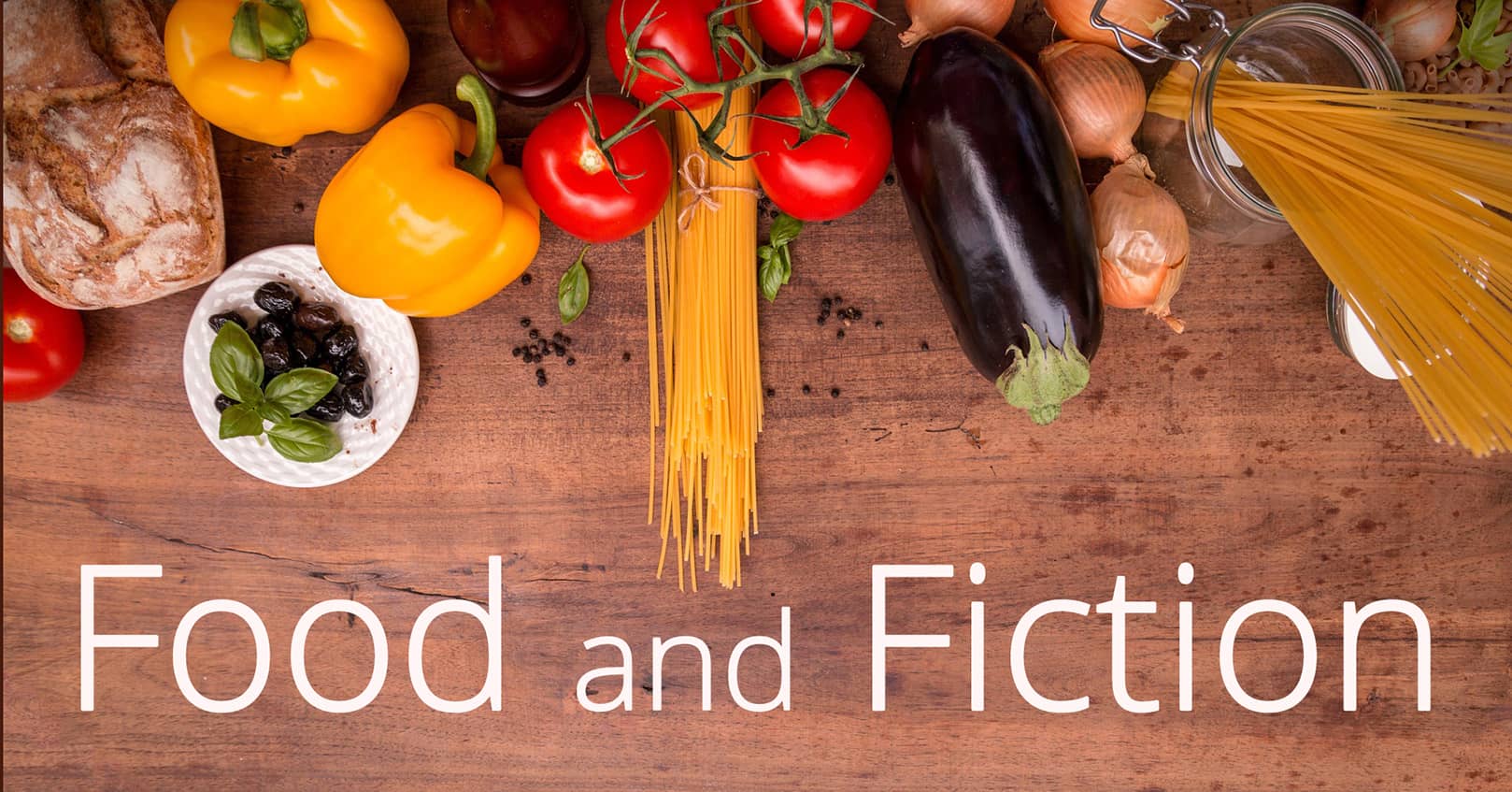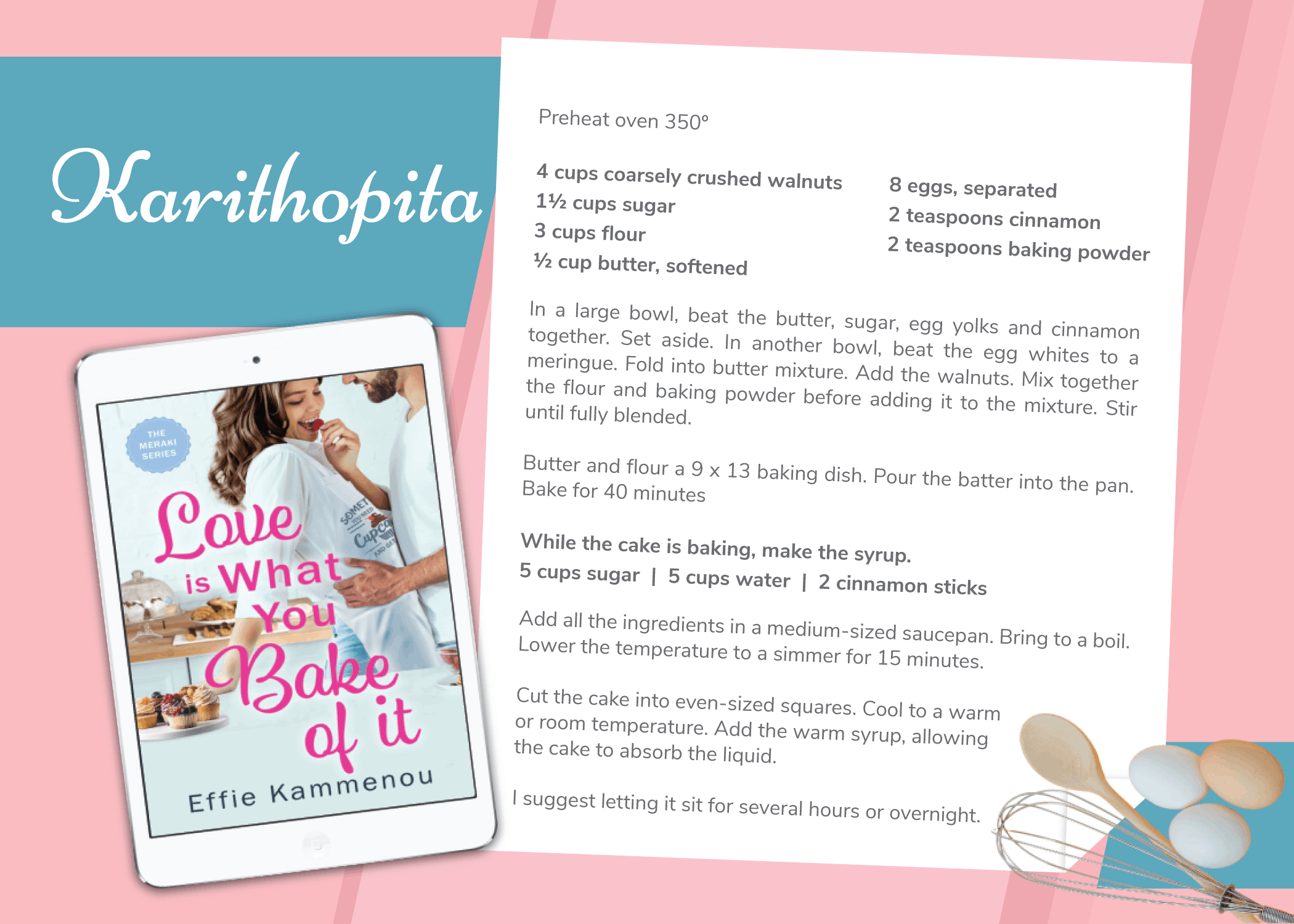
Is there anything better for the appetite of the voracious reader than to devour a good book? Well, there just might be if that book contains references to mouthwatering foods and the recipes to back them up.
A story should entice all the senses, and that should include taste. The main characters in my books are either Greek or of Greek heritage. Like many ethnicities, food plays an essential role in their lives. It’s one way to maintain their culture in a foreign country and pass it on to the younger generations.
Many references to holidays and descriptions of food are written into my stories. Many readers commented that they felt as though they were part of the family—that they were sitting at the dinner table, partaking in the meals the characters were enjoying.
I took this as a great compliment. One of the objectives for adding recipes between some of the chapters was for the reader to become fully immersed in my little book world. Truthfully, I’ve been writing a food blog for years, and I couldn’t resist adding some recipes. But I also wanted to give the reader a greater sense of the foods featured in the book. They might never attempt to make them; however, the list of ingredients might give them more understanding of how the dish tastes. Indeed, I’ve had many readers send me photos of their successful culinary attempts at the Greek delicacies in my stories.
In The Gift Saga Trilogy, I included both savory and sweet recipes, all of which were handed down by older family members. A few I developed myself, for example, the chickpea spread. In the last book of that series, the main character travels to France. Evvie, a young vintner, is eager to learn about the classical method for making champagne. In that book, I added French recipes also, each strategically placed to coordinate with the storyline.


My latest book, Love is What You Bake of it, focuses on a young pastry chef vying for independence from her often stifling family. She opens a café, one with an international flair. Desserts from scones and baklava to cupcakes and tres leches cakes are featured in this story.

If you’d like to experiment with any of my recipes, you can find them between the chapters of my books, or you can log onto my blog for those and many more.
Happy reading and kalí órexti (Greek for bon appétit)!

















This was fascinating to read how you decided to bring more depth and flavor to your books. Thank you for sharing your talents and passions.